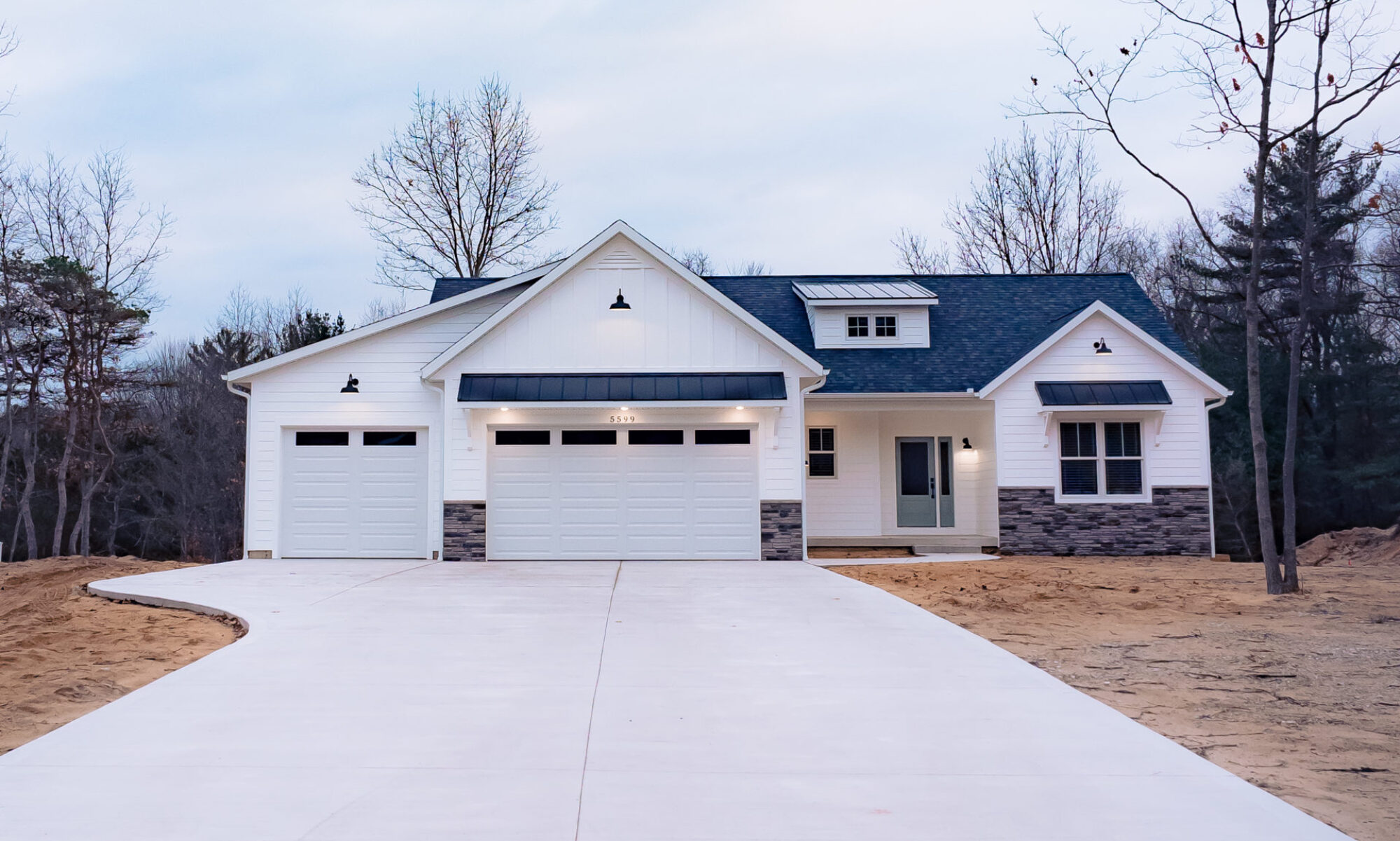
Inside the Glass
While the material each window is constructed from is important, the reality is most recent window-related buzzwords are all about what’s inside the frame. But what do all these upgrades mean for homeowners?
John Lala, president of Rycorp Construction in Virginia Beach, Va., is familiar with the gamut of efficient window options. He’s built houses in all price ranges, from bare-bones-basic structures to million-dollar-plus projects with very eco-conscious clients. And after seeing everything out there and talking to lots of homebuyers, he says he ends up using windows with the same basic energy-efficiency features in most of his projects.
“A double-paned window with Low-E glass, with a vacuum-sealed argon fill — that’s what people ask for,” he says. “It’s an extra $40 or so per window for me to add these features, and they really do make a difference in a home’s utility bills.” John says he’s found that doing anything more, like using triple-paned glass or denser gases with greater insulative properties, “just adds cost and gives diminishing returns in efficiency.”
So what exactly are you getting when you choose a window with the aforementioned options? “Low-E, argon-filled, double-paned windows provide significantly more insulation than a single-pane window,” explains Kendra Weinisch, a residential energy efficiency consultant in San Jose, Calif. “These windows protect the inside of the house from the sun’s heat and UV rays in the summer, and they prevent heat from escaping during winter. From the standpoint of energy efficiency and value, these types of windows make a lot of sense.”
Kendra adds that while triple-paned windows may be notably more efficient in especially harsh winter climates, they can also reduce the window’s visibility and light transmittance.
You shouldn’t have to look much further than a window’s glass to find out what the unit’s efficiency features are. All windows in the voluntary Energy Star program will have a sticker on them with ratings from the National Fenestration Rating Council (NFRC). To qualify for Energy Star status, window manufacturers have to meet standards on these two main metrics:
- U-value: measures a window unit’s resistance to heat loss
- Solar Heat Gain Coefficient (SHGC): measures how much heat enters a home through the glass
For both U-Value and SHGC, the lower the number, the better the window should perform.
